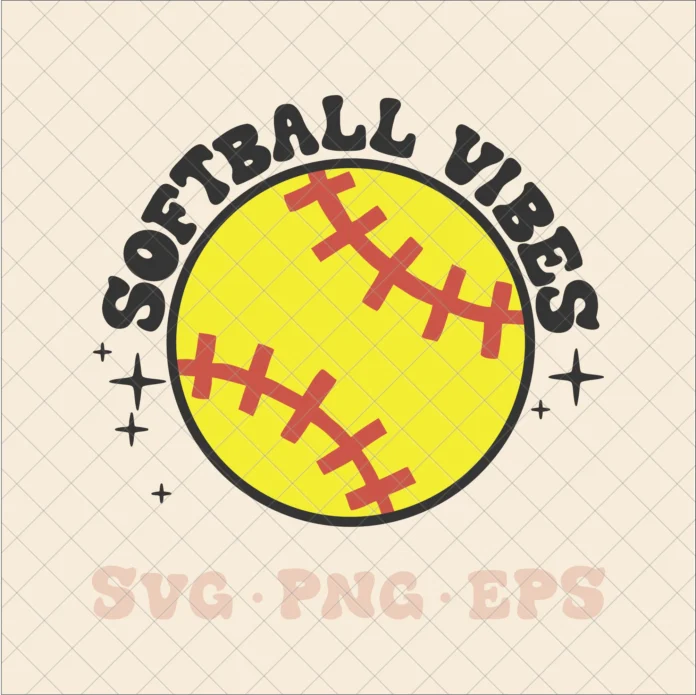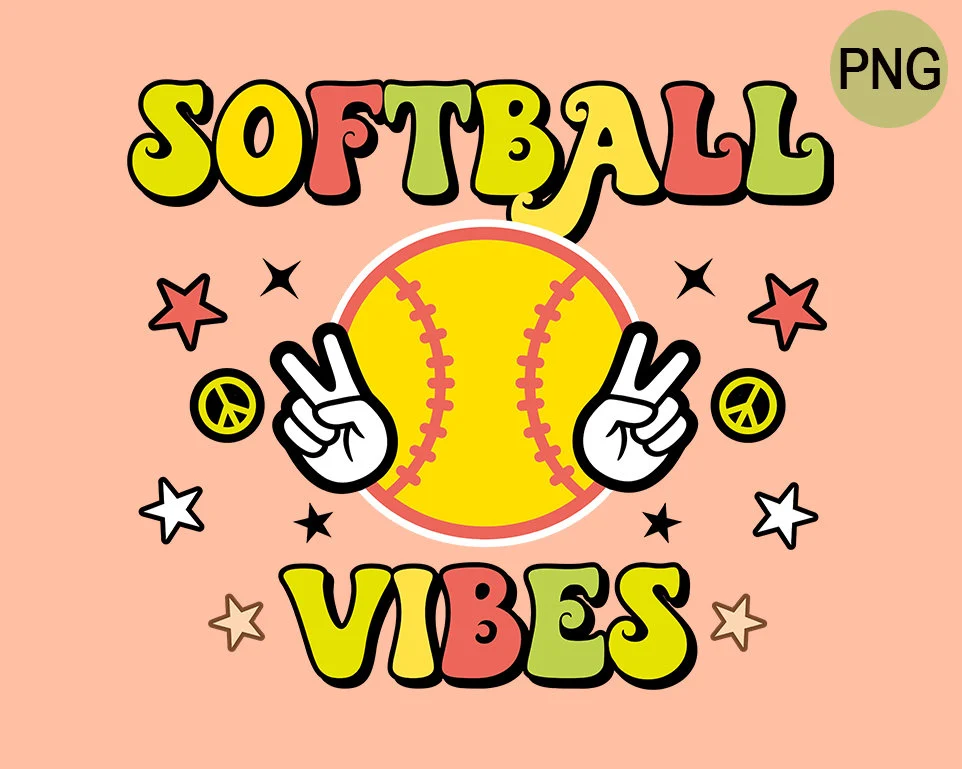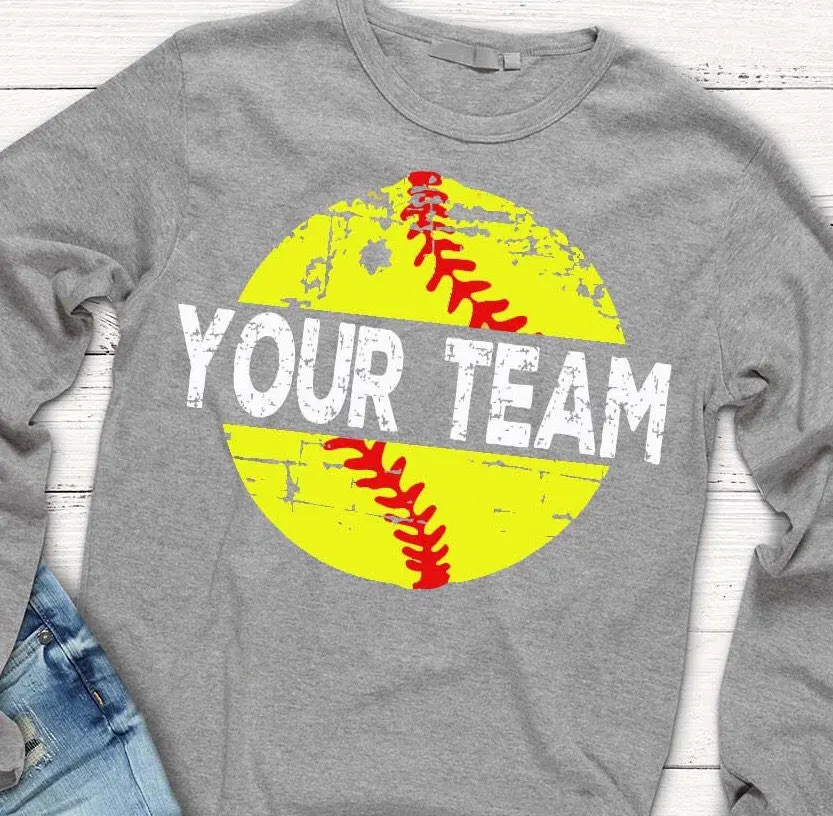
Softball, a sport imbued with passion and dedication, uses its team logo as the beating heart of its identity. This emblem, often the first impression, plays a pivotal role in reflecting the spirit and essence of the team. It’s not just about aesthetics; a compelling logo radiates energy, boosting morale, fostering unity, and creating an indelible image in the minds of both players and spectators. With such significance, designing the right logo becomes a crucial task for teams striving for distinction and cohesion.
1.Understand Your Team Identity
Any successful design process begins with understanding. Before you pick up a pencil or fire up a design app, delve deep into your team’s essence. Ask yourself, what are the values your team holds dear? What’s your team’s history? What adjectives come to mind when thinking about your team’s spirit? Whether you’re a team that values resilience, sportsmanship, or sheer competitive spirit, these core tenets should find a reflection in your logo. This alignment ensures that every glance at the logo reinvigorates and reaffirms your team’s ethos.
2. Research and Inspiration
Embarking on the design journey without research is akin to navigating without a map. Begin by exploring logos that have left a mark, both within and outside the realm of softball. What do top sports brands and successful teams feature in their logos? Take note of elements that resonate with you. Online platforms like Pinterest, Behance, and even Instagram can serve as treasure troves of design inspiration. Remember, the goal isn’t to replicate but to amalgamate ideas and, eventually, birth a unique identity for your team.
3. Choosing Colors Wisely

Colors do more than beautify; they communicate. Each hue has its psychology, evoking specific emotions and associations. While blue might invoke trust and calm, red could symbolize energy and passion. When selecting colors, think about the emotions you wish to convey. Do you want to instill a sense of fierce competition or focus on camaraderie and trust? Align these choices with your team’s personality, ensuring your logo is not only visually appealing but emotionally resonant with players and fans alike.
4. Selecting Fonts
While colors evoke emotions, fonts tell a story. The typography you choose can drastically alter your logo’s tone and message. A bold, uppercase font might shout authority and strength, while a cursive script might whisper elegance and tradition. Consider fonts that complement your design elements and effectively communicate your team’s essence. Whether you’re leaning towards modern minimalism or traditional flair, ensure that readability remains paramount, especially when the logo is scaled.
5. Incorporating Softball Elements
Nothing screams softball louder than incorporating related elements into your logo. Think of softball bats, vibrant softballs, or even a dynamic player’s silhouette which are all ideal solutions for making custom softball jerseys too. Such elements not only root your logo firmly within the sport’s domain but also make it instantly recognizable. While it’s tempting to integrate multiple elements, strive for balance. Overcrowding can dilute the message, so focus on one or two central elements that encapsulate your team’s spirit.
6. Logo Symbolism

Symbols possess an innate power, transcending language and culture. They can succinctly encapsulate stories, values, and histories. Think of an eagle representing freedom or a torch symbolizing enlightenment. For your team, consider symbols that mirror its journey, aspirations, or inherent qualities. Perhaps a rising sun for a team that believes in new beginnings or an unyielding mountain symbolizing resilience. Let your creativity flow, but root your choices in meaning and relevance.
7. Logo Versatility
A great logo is versatile, an emblem that stands out regardless of its backdrop. Whether it’s showcased in bright lights across a bustling stadium, delicately embroidered onto a player’s jersey, or printed on team merchandise, its essence remains consistent. As you delve into design, it’s imperative to visualize its adaptability across various mediums like digital banners, uniforms, social media avatars, and even fan merchandise. This forward-thinking ensures adaptability, fostering a unified branding regardless of the platform. To cater to different mediums, consider creating multiple variations: a rich, detailed version for expansive displays and a minimalist, straightforward rendition for compact spaces.
8. Keep It Simple
The world’s most iconic logos, from the sheer elegance of Nike’s swoosh to the universal appeal of Apple’s apple, champion the philosophy of simplicity. Detailed intricacies can occasionally enhance a design, but excessive complexity risks muddying the message, causing potential confusion. In a world swamped with visuals, your design should pierce through the noise, being instantly recognizable even from a distance. Prioritize simplifying and honing in on key elements, eliminating superfluous details. This ensures your logo remains an unforgettable emblem, easy for fans to identify and for vendors to reproduce across various mediums.
9. Seeking Professional Help

While the allure of DIY projects holds its unique charm and satisfaction, there are instances when turning to professionals can provide unparalleled results. Graphic designers, armed with a wealth of expertise and hands-on experience, serve as translators, adeptly converting your abstract vision into tangible art. Their extensive knowledge of evolving design trends, nuanced color theories, and mastery over cutting-edge software tools positions them to craft a logo with a polished, professional finish. Investing in such expertise can initially seem daunting, but the potential returns, especially in crafting a formidable brand image and robust team identity, can prove immensely rewarding.
10. Feedback and Iteration
Design, much like art, is an ever-evolving process. No matter how painstakingly a logo is crafted, fresh eyes can often shed new light, unveiling areas of potential improvement. Once your logo draft materializes, actively seek diverse feedback, be it from enthusiastic team members, passionate fans, or even the discerning eyes of design communities. Embrace varied insights, critiques, and commendations. Use this collective wisdom to iteratively refine and polish your design, ensuring it not only resonates universally but also staunchly upholds its foundational identity. A logo, after all, is a beacon for the community; its design should echo their collective aspirations, history, and unabashed pride.
Conclusion
Designing a softball team logo is an exciting journey, blending creativity with strategy. While aesthetics play a pivotal role, the underlying stories, emotions, and values elevate a logo from mere imagery to a potent emblem. As you embark on this creative endeavor, let your understanding of the team guide you, drawing inspiration from the world while rooting your design in authenticity. Remember, a logo is more than art; it’s the heart of your team’s identity. Embrace the process, and soon, you’ll have a logo that embodies your team’s spirit and resonates with fans far and wide.
















